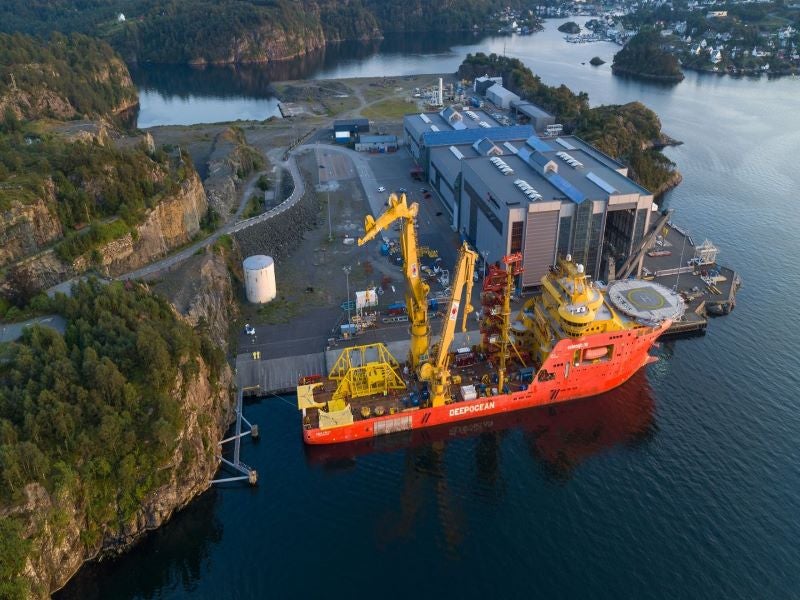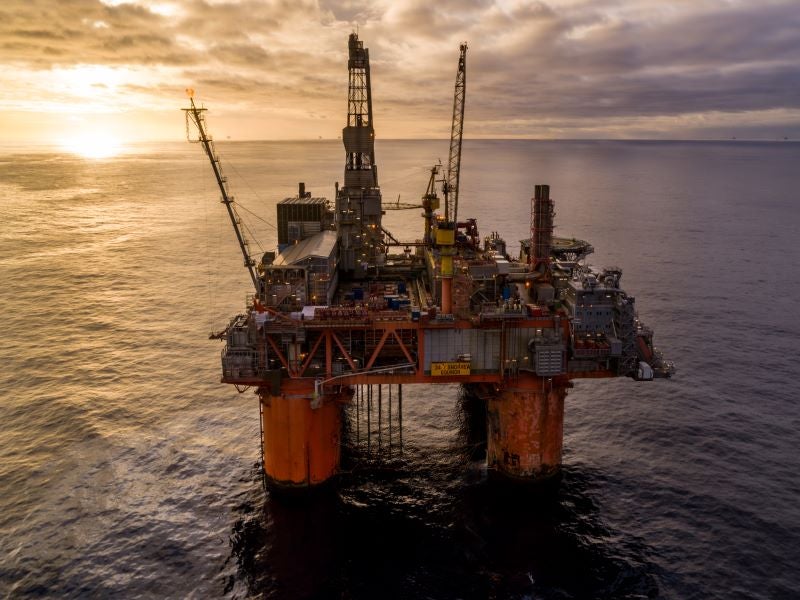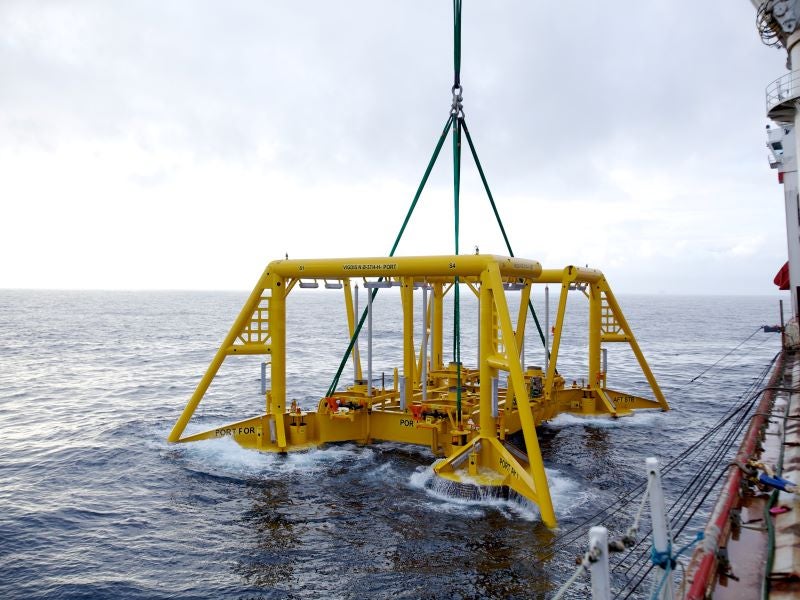The Vigdis field located in the North Sea, Norway, has been producing since January 1997. New infill production wells were drilled in 2020 to sustain the production of the mature field, while a subsea boosting project for improved oil recovery (IOR) from existing wells was commissioned in May 2021.
Equinor Energy is the operator and holds a 41.5% interest in the Vigdis field. The other partners in the field development are Petoro (30%), Vår Energi (16.1%), Idemitsu Petroleum Norge (9.6%), and Wintershall Dea Norge (2.8%).
Discovered in 1986, the Vigdis field was developed by Saga Petroleum as a subsea tieback to the Snorre A platform. Norsk Hydro became the operator of the field after acquiring Saga in 1999, while Equinor (formerly Statoil) took over the field’s operatorship from Norsk Hydro in January 2003.
The offshore field was further expanded by the commissioning of the Borg Nordvest and Vigdis Øst structures in 2003 and 2004, followed by the start of production at Vigdis Nordøst, which is located 7km south-east of Snorre A, in March 2013.
The average production from the Vigdis field stood at 5,000 barrels of oil equivalent a day (boed) in 2020.
The field development partners sanctioned the £129m ($165m) Vigdis boosting project in December 2018, while a new seabed pump for accelerated oil recovery at the field was installed in 2020.
Location and reservoir details
The Vigdis field lies in block 34/7 (PL 089), in the Tampen area of the Norwegian North Sea. Located between the Snorre, Statfjord and Gullfaks fields in the northern part of the North Sea, the water depth in the field area is approximately 280m.
The Vigdis field’s reservoirs comprise the sandstone formations of the Middle Jurassic Brent Group, while the Vigdis Øst and Vigdis Nordøst reservoirs consist of the Upper Triassic and the Lower Jurassic sandstone in the Statfjord Group. The Borg Nordvest field produces oil from the Upper Jurassic intra-Draupne sandstone.
The reservoir depths vary between 2.2km and 2.6km beneath the seabed, and the resource is recovered through water injection.
Although the Vigdis field had estimated recoverable resources of 200 million barrels (Mbl) when it started operations in 1997, it has already produced approximately 413 million barrels, with the recoverable resources as of August 2021 estimated to be 475Mbl.
In September 2019, Equinor received consent from the Norwegian Petroleum Directorate to extend the operating life of the Vigdis field until December 2040.
Vigdis field infrastructure
The Vigdis field comprises multiple subsea production wells and templates connected to the Snorre A platform, which is located 5.8km away from the closest subsea template on the Vigdis field. The well stream of the Vigdis field is transported to the Snorre A facility through two flowlines.
Oil from the Vigdis is processed in a dedicated processing module on the Snorre A platform, while the produced gas is re-injected into the Snorre reservoir. The injection water for the Vigdis field is supplied from the Snorre A and Statfjord C offshore facilities.
The stabilised oil from Snorre A is exported through a pipeline to the Gullfaks A platform for storage and export.
Subsea boosting project at Vigdis
The Vigdis boosting project included the installation of a multi-phase booster station connected to the Vigdis-Snorre A export pipeline, as well as modifications to the Snorre A and Snorre B platforms. While the Snorre A receives well stream from the Vigdis field, the Snorre B platform supplies electricity through a new umbilical to the subsea boosting station.
The subsea boosting project is expected to improve the oil recovery from the Vigdis field by 16Mbl.
Contractors involved in the Vigdis boosting project
OneSubsea was awarded an engineering, procurement and construction (EPC) contract worth £64.6m ($82.4m) for an all-electric actuated subsea boosting system for the Vigdis field in December 2018.
The contractual scope included a pump station, a pump module, topside equipment, umbilical, and all-electric controls with electric actuation. The equipment was assembled at OneSubsea’s Horsøy plant near Bergen, Norway.
Framo Flatøy was sub-contracted by OneSubsea to fabricate the pump, while Luster Mekaniske Industri supplied the pipelines and manifold and RadøyGruppen was responsible for the fabrication of the subsea template.
Nexans was awarded a contract worth £8.5m ($11.2m)by Equinor for the supply of power umbilical connecting the boosting station to the Snorre B platform in May 2019, while ABB supplied the power and control module for the Vigdis boosting project.
Wood bagged a £10m ($13m) contract to perform topside modifications on Snorre A and Snorre B platforms as part of the Vigdis boosting project in February 2019.
DeepOcean was awarded the marine operations contract by Equinor for the installation of the Vigdis boosting station in July 2019. The scope of the contract included rock removal, installation and tie-in of subsea lines, as well as the installation of subsea structures at the Vigdis and Snorre fields.





